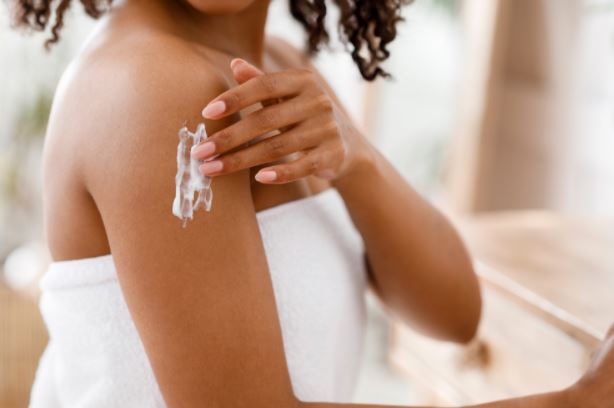Skincare routines aren’t a new phenomenon and can be traced to ancient civilians. Ancient Egypt and Greece were pioneers in the world of beauty and women were known to cleanse their skin with Dead Sea salts and take milk-and-honey baths, reports CNN. Some ancient world remedies included sweat from sheep’s wool, animal fat, and cold water and soda concoctions.
The world of skincare has come a long way, and today we have more science, research, and experience in treating all types of skin types. The trick is figuring out what kind of skin you have and what to do about it. Here’s how to get started developing a new skincare routine, even if you’re a beginner.

Research Your Skin Type
The type of skin you have may be coded directly into your DNA. According to the Baumann Skin Type System, specific genes contribute to your skin characteristics. But how can you tell which type you have? To know your skin type, observe your skin for a few hours after showering and look for clues:
- Oily Skin: The sensation of greasiness or shininess after a shower usually indicates an oily skin type.
- Dry Skin: Are you experiencing flakiness or feel dry? You probably have dry skin.
- Combination Skin: Dry skin in some areas and oily in others, like on your T-Zone, indicates combination skin.
- Normal Skin: If you don’t fall into any of the above categories, you probably have a normal skin type that still requires a specific skincare routine.
The good news is working with the skin type you have is not difficult when you use the right products. Browse solutions built for your skin type, and make sure to follow the directions that come with your order of skincare products.
Learn the Basics
Once you’ve researched your skin type, start building the basics of your daily skincare routine. The general rule of thumb follows:
- Cleanse
- Exfoliate (as needed)
- Tone
- Serums and spot treatment (as needed)
- Moisturize
Depending on your skin type, you may not need to exfoliate regularly or add toner. Stick to your skin type and revisit it from time to time. Hormones, environmental changes, and diet can all change your skin type over time.
Don’t Forget the Sunscreen
An estimated 90 percent of skin aging is caused directly from the sun, according to The Skin Cancer Foundation. However, you’re 24 percent less likely to show skin aging than those who don’t use sunscreen daily. The key is to use a sunscreen with at least SPF 15, but higher is better. Many of your own make-up products, from foundation to moisturizers, will come with SPF as a primary ingredient.
Consider Your Biggest Concerns
A simple skincare routine that addresses your specific skin type is a perfect way to start your new regimen. Once you’ve got the hang of your skincare, consider some of your biggest concerns. Wrinkles, uneven skin tone, and dryness can be addressed and minimized with the right skincare products and techniques.
Be Patient
It’s possible to see some quick and notable improvements in your skin after building your skincare routine. Your skin will likely feel more hydrated and brighter after some exfoliation and proper moisturizing. However, it can take over a month to see a significant impact where your skin is clearing up. It will depend on how problematic your skin is and the quality of the product you’re using. Staying consistent is also essential in getting a handle on your routine.
Don’t let skincare intimidate you. Whether you’re a beginner or a seasoned pro, taking control of your daily skincare routine is within reach. Start by researching your skin type and focus on finding the right products for you.

